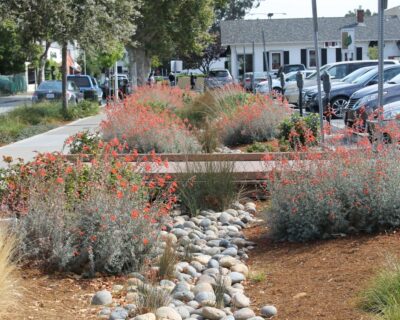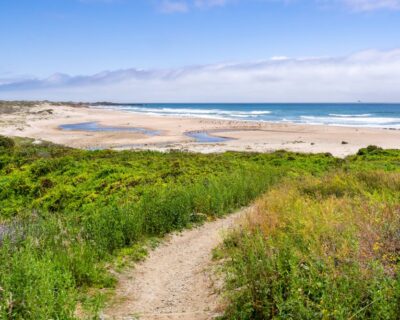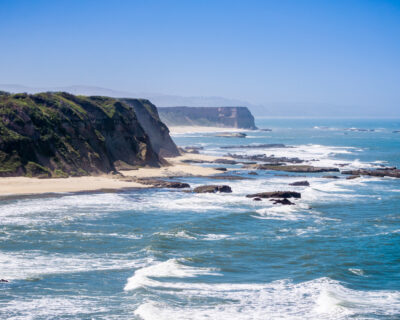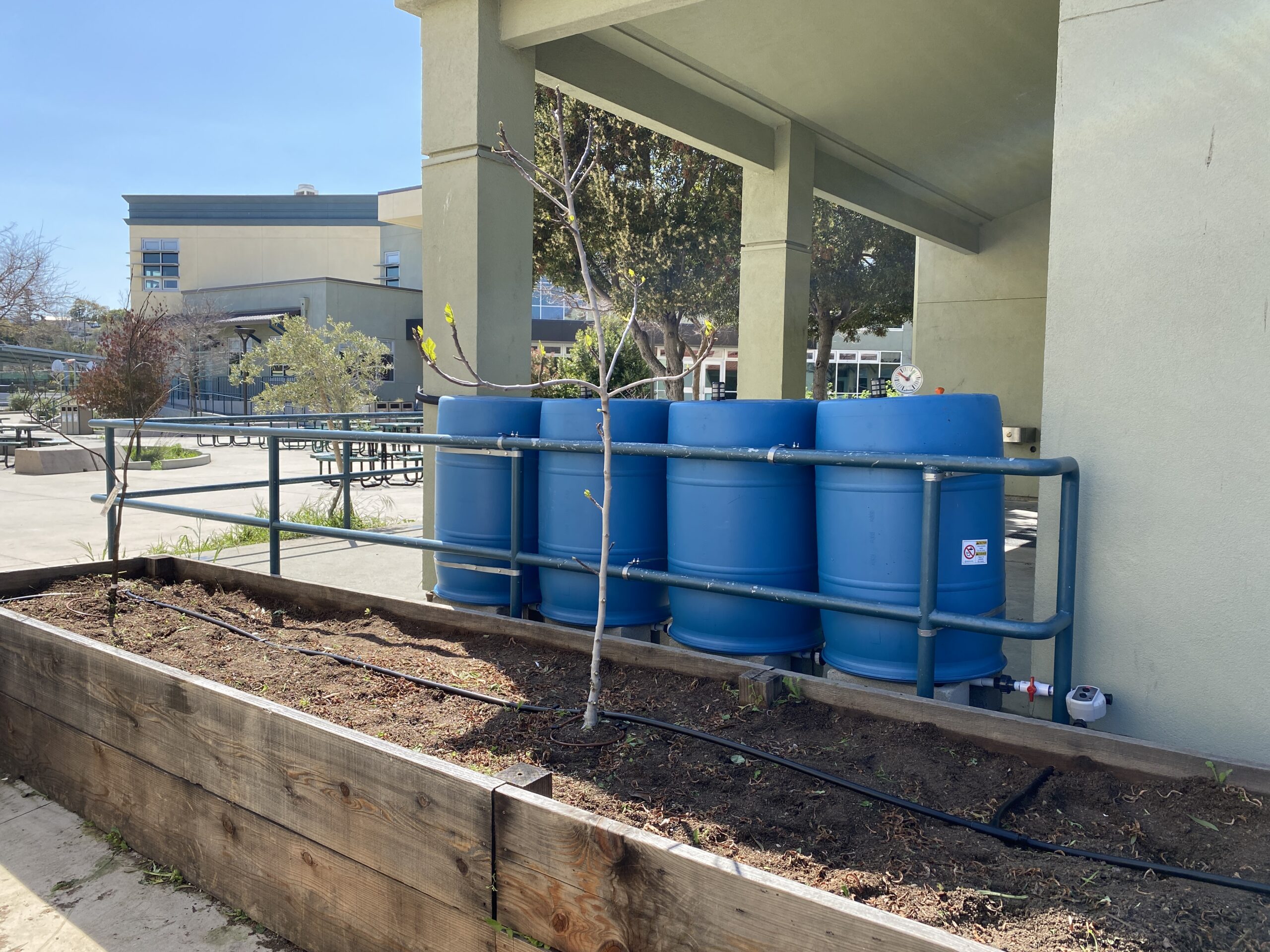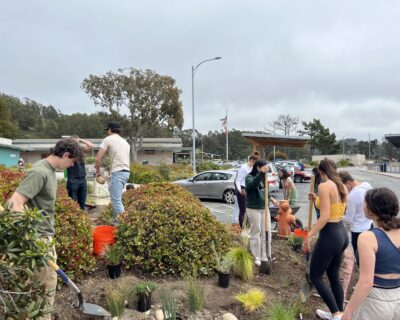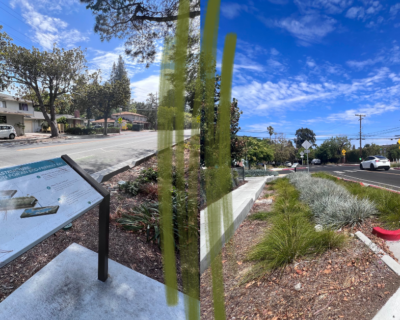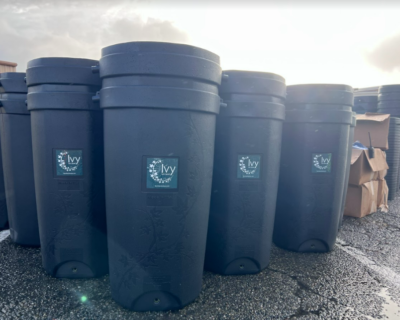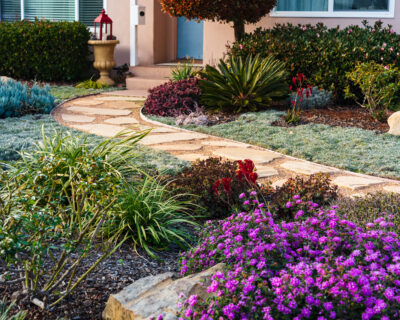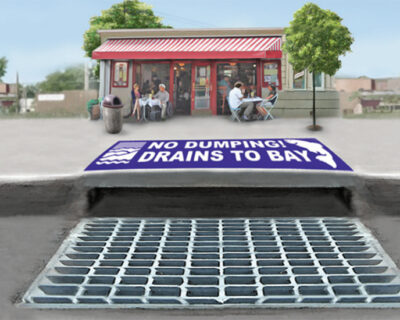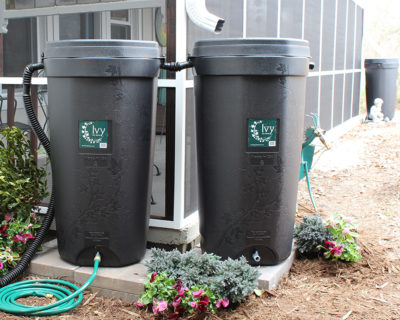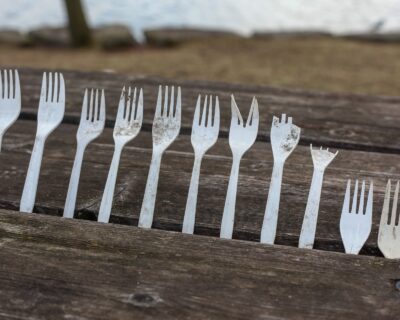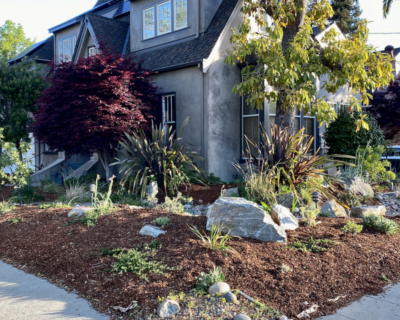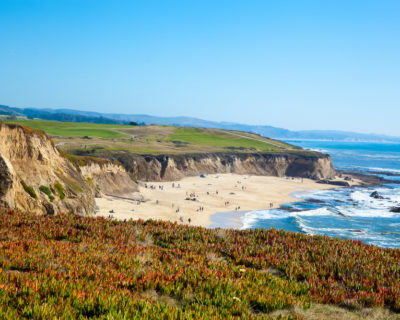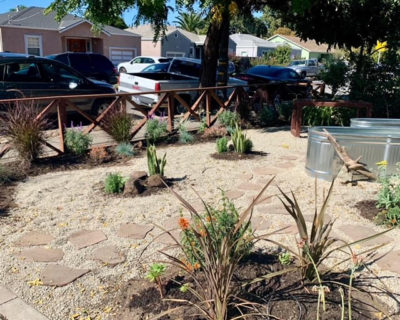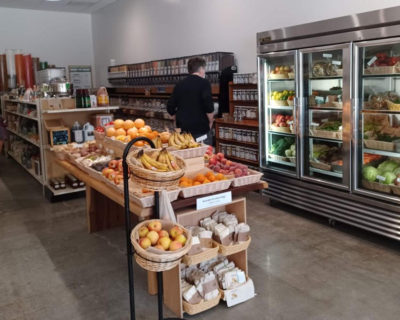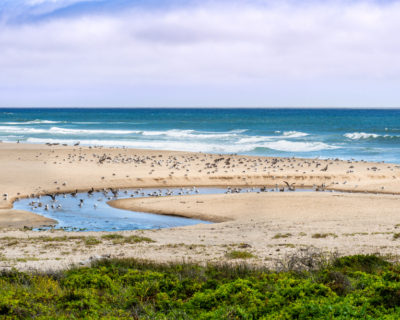With the cold, rainy weather upon us in the Bay Area, we’ll be bringing our next challenge indoors! This winter, we challenge you to reduce your pollution footprint from within your home.
There are many unsuspecting sources of hazardous chemicals in our homes that can end up in creeks and ultimately the Ocean and Bay. Common household items like bathroom and kitchen cleaners, batteries, and car wash items all contribute to the buildup of chemicals and toxins in the Ocean. These hazards create problems that put the aquatic environment and human health at risk. Luckily, there are eco-friendly alternatives and proper disposal methods you can use to reduce the amount of chemicals flowing to the Bay.
This season The Flows To Bay Challenge will be providing coupons for eco-friendly products from Grab Green and Pure Living, education about removing and replacing toxic substances from your homes, weekly events and a Facebook photo contest, where we will show the biggest messes we have cleaned using eco-friendly products!
How exactly do chemicals flow to the Bay? When chemicals from soaps and cleaners are washed down the drain, the water goes straight to a water treatment plant where most chemicals are filtered out. Many harsh chemicals, however, are not treated properly and remain in their hazardous states when water is released back to waterways. Hazardous household items like batteries, mercury thermometers and thermostats, paint and vehicle fluids can also contaminate waterways when they are dumped in the trash instead of being recycled.
What can you do to help fix this problem? Start with your own home! Making changes in your own home and lifestyle is the key to preventing water pollution. Swapping out your old cleaners for eco-friendly alternatives and following household hazardous waste disposal procedures will decrease the levels of chemicals entering our local waters. Here are some troublesome household items that may be lurking in your cupboards and storage areas at home:
- Household cleaners and soaps: Household cleaners can be problematic because of all the chemicals these cleaners contain to cut grease and kill bacteria and germs. While they do a great job at disinfecting your floors, toilets, and surfaces, they contain corrosive and harsh chemicals that are harmful to human and environmental health. Surprisingly, hand and dish soaps can also be quite harmful to the environment. Many brands of hand soap contain the chemical triclosan, which can go untreated through wastewater treatment plants, and discharged into the ocean.
Here are some companies with cleaning and soap alternatives that are better suited for your home and the environment
- Batteries: Batteries are essential for our gadgets and daily technology. However, they contain many harmful elements like cadmium, lead, and mercury, which can leach into soils and groundwater if thrown away. Luckily, many local businesses (Best Buy, Home Depot, Staples, Lowes, etc.) have take-back programs to properly dispose batteries at no cost! Alternatively, you can buy rechargeable batteries that can save money and reduce your impact in the long-run.
- Old paint and motor oil: Paint and motor oil lurk in most people’s garages and often make their way to the drain or trash. Both paint and oil are classified as a hazardous waste, and need to be taken to a household hazardous waste center to be properly disposed. Just one quart of oil can contaminate one million gallons of water, so every drop counts!
These suggestions are just a start on how you can take action and get involved with fighting water pollution. From January to March, join the Flows To Bay Challenge, where we will be providing you with opportunities to revamp your homes like rebates for eco-friendly cleaning supplies and fun events where you’ll to learn how to green your home. Come join us in making your homes safer and kinder to our beloved bay!

